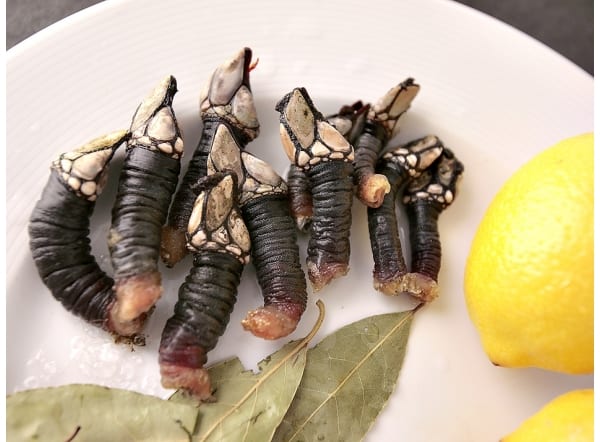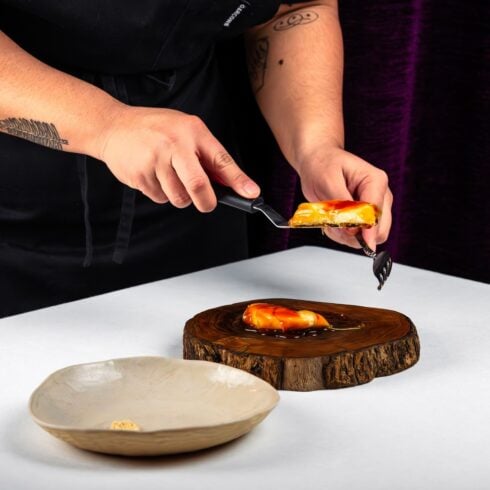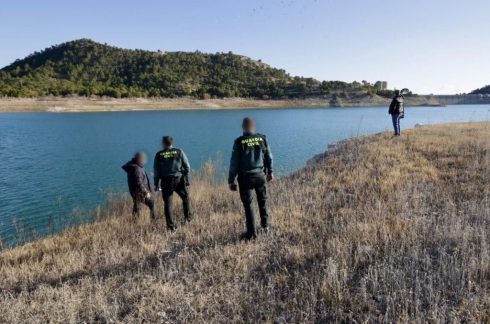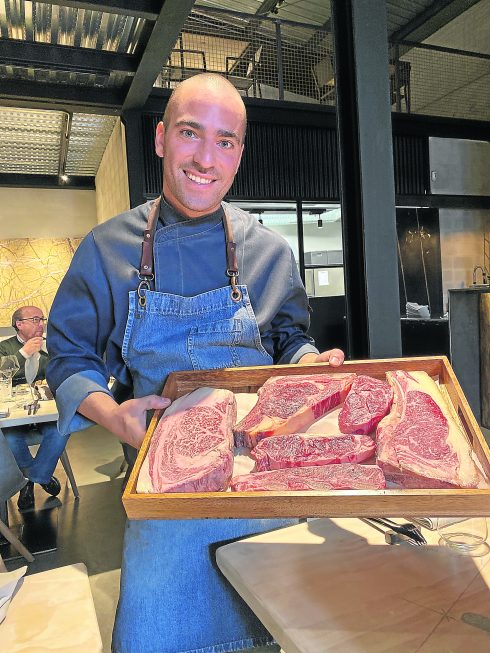SPAIN is famous for its cornucopia of home-grown produce but you won’t find all its exotic offerings down at your local supermarket. Here we sample some of the more surprising specialities in its culinary larder, from the awesome to the gruesome…
Percebes – DANGEROUS DELICACY

Found clinging to the cliffs of Galicia, this tiny delicacy – known beyond Spain as the gooseneck barnacle – is highly dangerous to harvest. The percebeiros of Galicia risk their lives plucking these revered crustaceans from their habitat, making it one of the most expensive forms of seafood around. One kilo can fetch over €200. Compared to sweet clams and lobster, the edible part is contained in a black sleeve, capped by a spiky shell resembling a dinosaur claw. The soft pink flesh is boiled in seawater and traditionally served with a simple aioli dressing.
Angulas – SLIPPERY SPECIALITY
Known as glass eels, these slippery customers can cost more than €1,000 per kilo.

They traditionally appear on Spanish menus on Christmas and New Years Eve and the Day of San Sebastian on January 20. In the original recipe from Bilbao (angulas a la bilbaína) the eels are fried in garlic and chilli until crunchy. Their journey starts when mature 10-year-old eels swim from European rivers to the Sargasso Sea to spawn and die. The hatchlings then drift towards Europe on the Gulf Stream where fisherman on Spain’s Atlantic Coast wait with nets. Though legal in Europe, angulas are so popular in Asia that illegal trade in them bagged one Spanish gang over €37 million.

Saffron – WORLD BEST
Saffron de la Mancha has its own Protected Designation of Origin (DPO) – the only spice in Spain with this national quality guarantee. One of the most exclusive spices in the world, saffron was introduced in La Mancha during the Caliphate of Cordoba. Every saffron flower produces very little of the sought-after golden powder and it is harvested by only experienced pickers. It takes 25,000 flowers to produce 500 grams and Spanish saffron is renowned for its quality, which explains how one kilo can cost €3,000.
Organic caviar – WORLD FIRST

The tiny village of Riofrio in Granada province hit the headlines way back in 1960 for producing the world’s first organic caviar. Celebrity chef Gordon Ramsey is one of many fans. The sturgeon are farmed in crystal clear spring waters from the mountains and have European-certified organic production. But what is most unique about Riofrio’s black gold is the time it takes to produce. Patient farmers allow 16 years for the female sturgeon to grow naturally to double the length of other caviar-producing sturgeon on the market. Their caviar appears on the world’s top tables and has even been served to Barack Obama by chef Dan Barber.
Ethical foie gras – WORLD FIRST

Controversially, the production of foie gras uses the inhumane ‘gavage’ system, where geese are force-fed corn through a tube. But Extremadura company Sousa & Labourdette have taken the cruelty out of the process to become world leaders in the production of ethical foie gras. Run by farmer Eduardo Sousa and bird expert Diego Labourdette, the pair allow their European greylag geese to feast naturally on wild grass, seeds and – most crucially – acorns, waiting a whole year to produce a batch of their world-renowned product.
Gamoneu cheese – SPAIN’S STINKIEST

Gamoneu, named after the Asturian town where it is made, is a fatty cheese made with cow, goat and sheep milk. It can take up to five months to mature in caves where it grows slightly mouldy, gaining a blue tint round the edge. It has a light smokey flavour, a thin rind and will set shoppers with fat wallets back a whopping €35 per kilo. The cheese is DPO-protected and has a reputation for being Spain’s stinkiest, only thought to be the second most pungent worldwide after Italy’s Casu Marzu ‘maggot cheese’.
Black truffles – SPAIN’S BEST

Spain is one of the world’s largest exporters of truffles, and the expensive subterranean fungus is readily found in the mountainous east of the country. These so-called black diamonds are notoriously difficult to find and fetch up to €600 per kilo on international markets where truffles are prized for their delicate but instantly recognisable flavour. Truffle season is February to March and the provinces of Huesca, Teruel, Soria and Castellón are particularly known for the delicacy. The truffles are sniffed out by trained dogs that can detect their aroma at 50m away, even when buried 50cm deep.
Orange and cannabis wines – RIOJA RIVALS
Andalucia’s urban orange trees are not just for decoration and marmalade. The bitter fruit are also in big demand for flavouring vino de naranja – and there are regional differences. Those from Seville should be sipped like a fine whiskey.

Producers there use an oloroso sherry base, made from Garrido Fino and Pedro Ximenez grapes, and age the wine for between five and seven years. Huelva and Málaga use the solera system where white wine is flavoured slowly. The orange peel is dried and then macerated in the alcohol. The Málaga version is almost clear while Huelva’s is a richer brown shade. If cannabis is more your thing, Andalusian winery Pisando Fuerte has a weed wine that will have you in high spirits. It is the first red wine steeped with cannabis, which is actually classed as hemp due to its low THC content, at the legal maximum of 0.2 per cent. Rafael Hoyos is the brains behind this this smoking hot vino, which combines Garnacha and Tempranillo grapes with cannabis leaves. The company has just launched the first 500 bottles of their ganja-grape concoction.
Lampreys – ROYAL CONNECTIONS
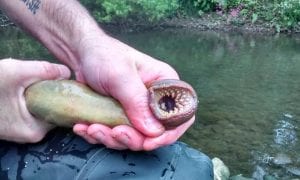
Lampreys, better known by the bloodthirsty nickname ‘vampire fish’, have lurked in the rivers of Galicia for over 500 million years. They have eel-shaped bodies and gruesome circular rings of teeth adapted for feasting on the blood of larger fish by sucking them dry. Don’t be put off though, as they have a delicious flavour, especially when cooked in red wine. In Arbo, Pontevedra, near the Portuguese border, there is a food festival at the end of April dedicated to these prehistoric monsters. They were the favourite food of King Henry I of England who reportedly died from ‘a surfeit of lampreys’ but it was probably food poisoning.
Málaga mangos – EUROPE’S BEST

Axarquía is home to more than 4,000 hectares of mango-growing land. Producing between 10,000 and 30, 000 tonnes annually, the area east of Málaga grows more mangos than avocados – another of its staple exports. The exotic fruit originally came from Southeast Asia, but was introduced to Andalucia in the 1980s. Now Spain leads European commercial mango production, also having sites in the Canary Islands. Sicily is the only other serious European player in the mango game.
READ ALSO:
Click here to read more Food & Drink News from The Olive Press.

